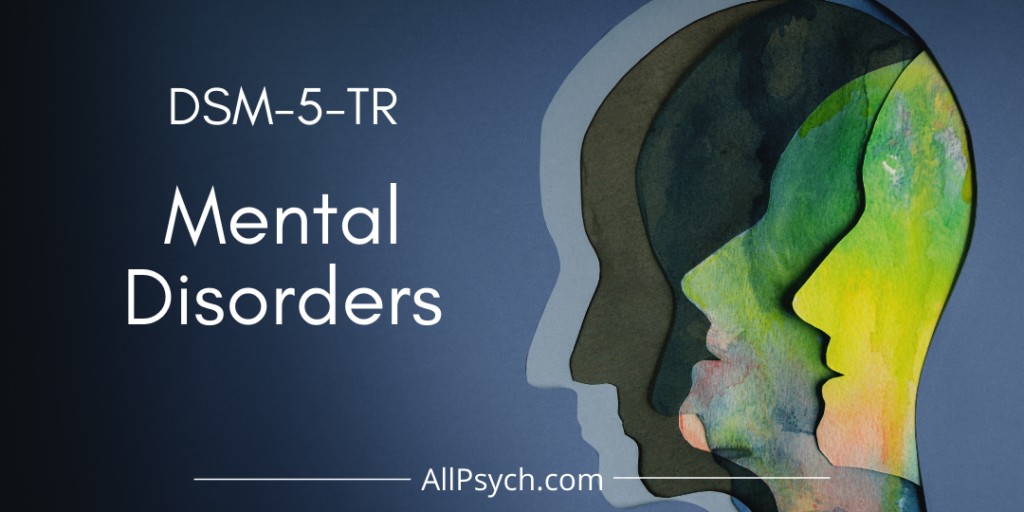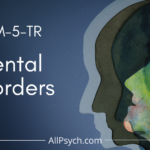
Posttraumatic Stress Disorder
The diagnosis of Posttraumatic Stress Disorder, or PTSD, has changed over the years as we learn more about how individuals respond to traumatic events. Prior to our current diagnostic system, the disorder was referred to by various names including Shell Shock in the early 1900s and through WWI and Battle Fatigue after WWII, according to the National Center for PTSD.
In the initial Diagnostic and Statistical Manual (DSM-I, 1952), our modern day approach to diagnosing mental disorders, it was referred to as a short-term 'Gross Stress Reaction,' and focused on the immediate response to extreme trauma. This was helpful but it was soon discovered that trauma responses were not short-term and did not resolve themselves on their own.
It wasn't until the DSM-III in 1980 that the term Posttraumatic Stress Disorder was officially adopted. This more accurately described the disorder and while some adjustments have been made to the symptom list as we learn more, it has remained relatively stable across the next two editions of the DSM.
DSM-5-TR Criteria
Diagnostic Code: F43.10
To be diagnosed with PTSD, an individual over the age of six must meet the following five criteria and the disturbance must last more than a month and cause clinically significant distress or impairment.
A. Precipitating Event. Exposure to actual or threatened death, serious injury, or sexual violence. Exposure can include direct exposure, witnessing a traumatic event, learning of the event regarding a close family member or friend, or through interaction with its aftereffects (collecting human remains, working with victims of child abuse, etc.).
B. Intrusive Symptoms. Presence of at least one of the following symptoms: (1) Recurrent, involuntary, and distressing memories; (2) Recurrent, distressing dreams related to the event(s); (3) Dissociative reactions like flashbacks; (4) Intense, prolonged distress to internal or external cues; (5) Physiological reactions to internal or external cues
C. Avoidance. Persistent avoidance of stimuli associated with the traumatic event(s). This includes internal stimuli like memories and external stimuli like people, places, or topics of conversation).
D. Cognition and Mood. Negative changes in cognitions (thoughts) and mood associated with the traumatic event(s). This can include memory gaps, exaggerated criticisms of oneself, persistent negative emotions like anger, fear, or shame, diminished interest in activities, feelings of detachment, and reduced ability to experience positive emotions like joy or happiness.
E. Arousal and Reactivity. Significant change in arousal and reactivity associated with the traumatic event(s). This can include angry outbursts, reckless or self-destructive behavior, hypervigilance, exaggerated startle response, and/or sleep disturbances.
Prevalence, Comorbidity, and Other Information
The prevalence of PTSD can change dramatically as a result of war, natural disaster, crime, and other events. The lifetime prevalence according to the latest DSM is about 6.8% for adults. Rates are significantly higher among individuals in high risk activities such as soldiers, police officers, and emergency medical personnel. One-thirds to one-half of all PTSD diagnoses are related to rape, military combat and captivity, and political/ethnic internment and genocide.
PTSD is more prevalent among women than men according to the latest DSM, perhaps due to the increased risk of sexual assault, rape, and other violence. Symptoms typically begin within three months of the start of the trauma but can start much earlier and in some cases take even longer to appear. The diagnosis of Acute Stress Disorder is typically given in the first month since a diagnosis of PTSD requires the symptoms persist for longer that one month. When the threshold is passed, the diagnosis is changed from Acute Stress to PTSD.
Those with PTSD often have increased suicidal thoughts or behavior. There is also an increased prevalence of depression and substance abuse.
Treatment for PTSD have come a long way in the decade since it was first introduced. Specific approaches like Trauma Informed CBT, Eye-Movement Desensitization Training (EMDR), and others are helping those with PTSD recover. Newer research is also looking at going beyond recover and developing resilience and well-being that is greater than it was prior to the traumatic event(s). This phenomenon is called Posttraumatic Growth, and we are learning more and more about how people thrive after trauma.
Read More about PTSD, Anxiety, and Trauma

Read More

Read More

Read More

Read More

Read More
How to Get Help
Visit our Mental Health Resources Page.
References
American Psychiatric Association (2022). Diagnostic and statistical manual of mental disorders, 5th Edition, Text-revision. https://doi.org/10.1176/appi.books.9780890425787
Friedmann, M. J. (n.d.). History of PTSD in Veterans: Civil War to DSM-5. National Center for PTSD. Retrieved from https://www.ptsd.va.gov/understand/what/history_ptsd.asp